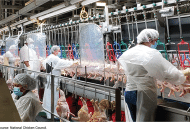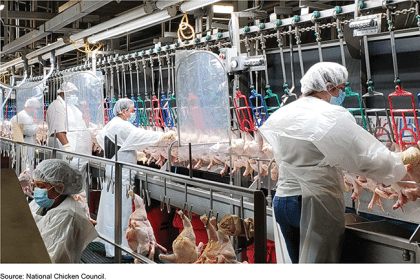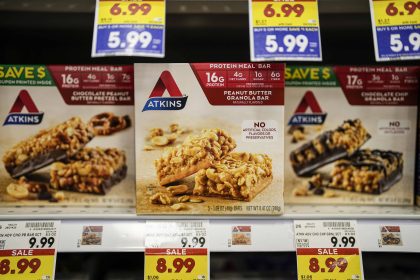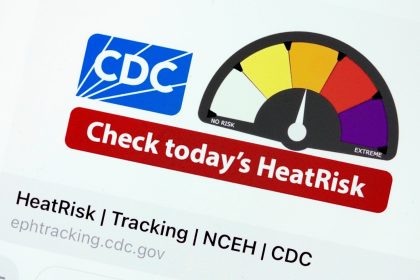COVID-19 Sniffing Dogs are Here to Stay, but Will They Make a Difference?
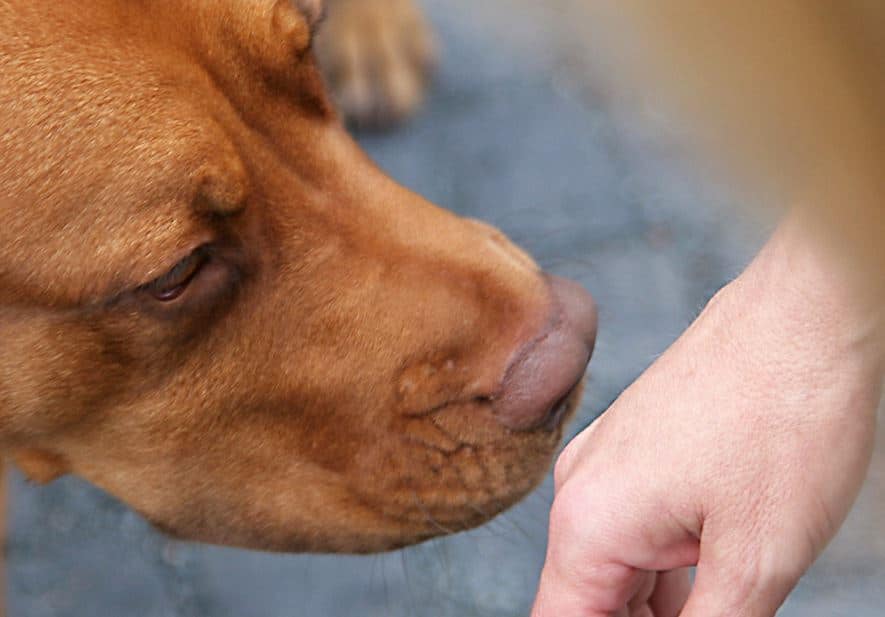
ATLANTA — On Sunday, NASCAR joined the list of places using coronavirus-sniffing dogs as a tool to battle the virus’s spread.
The dogs can be taught to speedily screen large, busy crowds. This, together with the low cost involved in utilizing these dogs, makes them attractive to venues that traffic in large crowds such as sports arenas.
A year after they were forced to cut the race calendar short due to coronavirus, NASCAR used a pair of dog teams to screen nearly 1,000 essential personnel for Sunday’s Cup Series race at Atlanta Motor Speedway.
“They are amazing,” said Tom Bryant, NASCAR managing director of racing operations.
Since the dogs were only used on people entering the “garage footprint” on race day, they were not used to screen the drivers or fans.
Bryant has said that the dogs solve a “math problem” for NASCAR about how to quickly sort through large groups of people.
NASCAR has been using self-reported screenings and temperature checks in the garage footprint and not rapid testing. The medical director of the AMR/NASCAR safety team, Ryan Stanton, has told reporters that this was due to concern over false negatives and asymptomatic cases.
If the claims of trainers are correct, the dogs dissolve these concerns.
The 360 K9 Group, the company that worked with NASCAR, claims that the units are 98% effective in detecting the virus and they can detect the virus early in its cycle before molecular tests are likely to catch it. They have worked with the USDA since 2011 on other bio-detection efforts.
The dogs sniff out the presence of COVID-19 in a manner similar to how K9 units assist law enforcement in drug detection or the military in locating explosives. If they detect the virus, they signal their handlers by sitting down and the AMR/NASCAR safety team is called in for more screening.
“This gives us, essentially, an ability to test that essential population on race day and know right away that those folks who have cleared this enhanced screening process with a very high degree of confidence are COVID-free,” Bryant said.
The Miami Heat had introduced canines to screen people entering American Airlines Arena in January and several airports reportedly use them as well.
How do dogs actually identify infected people?
Dogs have been used to catch other illnesses for some time. They have about 300 million scent receptors on their noses, about 50-60 times as many as humans do.
Experts such as David Dorman, professor of toxicology in the Department of Molecular Biosciences at NC State University, have speculated that the dogs may be detecting scents affiliated with a viral infection which is what allows them to be trained to sniff out SARS-CoV-2 using a similar training method to one which might be used to train a dog to sit or roll over.
In simpler terms, illness causes the body to throw off gases that are undetectable to the human nose, but which a dog’s nose can be trained to pick out. The research indicates that it can take several weeks to train dogs that already have scent-detection training to search for COVID-19, Dorman has said.
Claims about the effectiveness of these dogs in locating COVID-19 specifically are based on mostly unpublished findings that have not made it through peer-review. Some experts are skeptical that the canines could be brought to scale enough to make a difference in the spread rates of COVID-19, according to Nature.
For now, however, it seems likely they’re here to stay.













